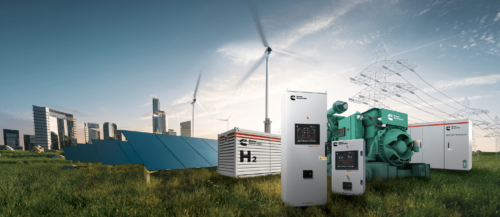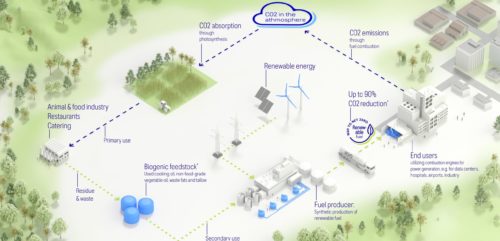Manufacturers’ focus on data centers: Electrical and power
Designing efficient and effective data centers and mission critical facilities is a top priority for consulting engineers. Three manufacturers share information about their company’s products and solutions.
Participants
- John Collins, Global Segment Director, Data Centers, Eaton Corp., Raleigh-Durham, N.C.
- Jim Dagley, Vice President, Channel Marketing & Strategy, Johnson Controls Inc., Milwaukee, Wis.
- John Kovach, Global Head of Data Center Initiatives, Siemens, Buffalo Grove, Ill.
Electrical/Power
CSE: What PUE (power usage effectiveness) goals are engineers requiring, and what tactics are you using to accomplish this?
Collins: PUE required by our engineering customers depends on the client they are ultimately trying to serve and the nature of the project. Some cloud providers and Web 2.0 companies are trying to achieve PUE of less than 1.1. Enterprise customers often strive for PUE between 1.3 and 1.6 for new data center construction, and understand the PUE of a retrofit may be slightly higher depending on existing constraints. Eaton’s overall approach to PUE is to first take a holistic view of the data center design and a deep understanding of how the different electrical and mechanical subsystems interact before recommending how the facility or engineering plans can be modified for optimum performance.
Dagley: PUE and return on investment (ROI) are the two most important acronyms in the data center industry. You must optimize both in any new construction or data center retrofit. Our research shows that 60% of the marketplace is operating at a PUE of 2.0 or greater, and that isn’t going to cut it anymore. Through proper power and cooling, integrations, lifecycle approaches, and modular data center design, we are approaching a PUE of nearly 1.0.
Kovach: We are definitely seeing more end users publishing their PUEs. There will always be that push to get PUEs down as much as possible, but there is a lack of true consistency on exactly what impacts PUE; for example, is a cooling fan on a server considered an IT load or a facility load? Efficient cooling of assets and reliable, intelligent power distribution systems are critical components in driving better PUEs at any facility—existing or greenfield. These are all part of Siemens’ core competencies. Engineers not only want to understand how to best design BMS, energy power monitoring systems (EPMS), and data center infrastructure management (DCIM) systems and solutions that vendors like Siemens provide, but also how their clients are using these systems to more effectively operate their facilities.
Do you have experience and expertise with the topics mentioned in this content? You should consider contributing to our CFE Media editorial team and getting the recognition you and your company deserve. Click here to start this process.





